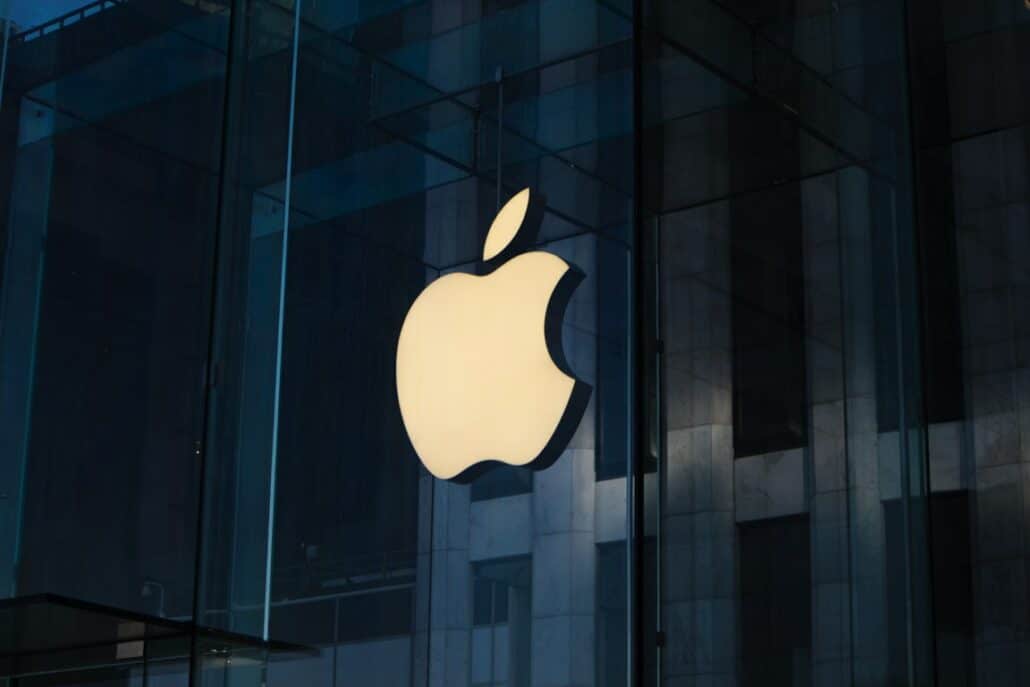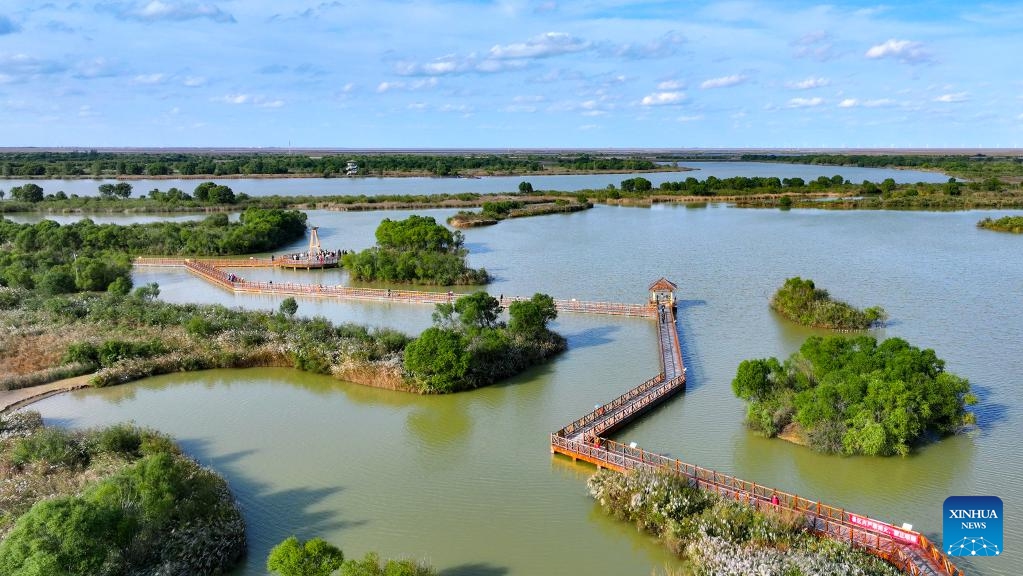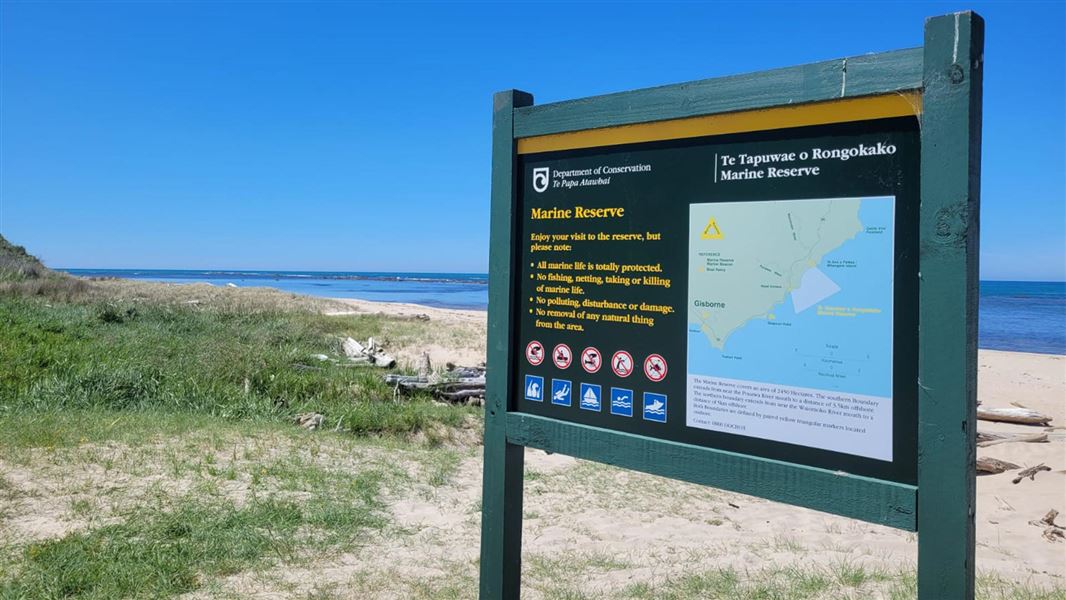Apple launches new project to protect and restore California redwood forest – Apple

Report on Apple’s Expanded Restore Fund Initiative and its Alignment with Sustainable Development Goals
Introduction
On September 23, 2025, Apple Inc. announced a new investment in the restoration and sustainable management of the Gualala River Forest, a working redwood forest in California. This project is part of the company’s expanded Restore Fund initiative, which has supported two dozen conservation and regenerative agriculture projects across six continents since its inception in 2021. The initiative is a critical component of Apple’s strategy to achieve its 2030 carbon neutrality goal, directly contributing to several United Nations Sustainable Development Goals (SDGs).
Strategic Alignment with Sustainable Development Goals (SDGs)
Apple’s Restore Fund initiative is designed to scale global investment in nature-based solutions, demonstrating a strong commitment to the following SDGs:
- SDG 13: Climate Action: The primary objective of the fund is to remove carbon from the atmosphere through high-quality, nature-based projects, directly addressing the need for urgent action to combat climate change and its impacts.
- SDG 15: Life on Land: By investing in the protection, restoration, and sustainable management of forests, the initiative works to halt biodiversity loss, protect critical ecosystems, and combat desertification.
- SDG 17: Partnerships for the Goals: The fund exemplifies a multi-stakeholder partnership, involving collaboration with financial institutions (Goldman Sachs), conservation organizations (Conservation International, The Conservation Fund), asset managers (Climate Asset Management), and corporate suppliers (TSMC, Murata).
- SDG 8: Decent Work and Economic Growth: Projects supported by the fund, such as the management of working forests, stimulate local economies and support employment in rural communities, promoting sustainable economic growth.
- SDG 12: Responsible Consumption and Production: The initiative is integral to Apple’s goal of achieving a carbon-neutral footprint across its entire value chain, promoting sustainable production patterns.
Project Focus: Gualala River Redwood Forest, California
The new investment focuses on the long-term restoration and sustainable management of the Gualala River Forest in Mendocino County, California, in partnership with The Conservation Fund. This project directly advances key SDG targets:
- Contribution to SDG 15 (Life on Land): The project safeguards a large coastal redwood forest from degradation, protecting the habitat of hundreds of wildlife species and enhancing biodiversity.
- Contribution to SDG 8 (Decent Work and Economic Growth): The sustainable management of this working forest supports the economic vitality of communities along California’s northern coast, which rely on the forest for their livelihood.
- Contribution to SDG 13 (Climate Action): The forest’s growth will generate verifiable carbon credits, which Apple will use to offset residual emissions, contributing to its climate targets.
Global Scope and Broader Impact
Apple’s commitment to nature-based solutions extends globally, with the Restore Fund and associated grants supporting projects across Africa, Asia, Australia, Europe, and the Americas. These efforts reinforce the company’s dedication to global sustainability frameworks.
Key Global Initiatives and SDG Contributions:
- Partnerships for Conservation (SDG 17): New grants have been announced for projects with Conservation International to protect mangrove forests in India, and with the Jane Goodall Institute to support community-led conservation efforts.
- Advancing Climate Science (SDG 13): A new project with The Nature Conservancy will evaluate remote sensing tools for monitoring and verifying natural climate solutions, enhancing the integrity and effectiveness of carbon removal projects.
- Comprehensive Carbon Neutrality Strategy (SDG 12 & 13): The Restore Fund is a key part of Apple’s plan to reduce its emissions by 75% by 2030 (compared to 2015 levels) and balance the remaining emissions with high-quality carbon removal. The company aims to remove 9.6 million metric tons of carbon annually by 2030 through these projects.
1. Which SDGs are addressed or connected to the issues highlighted in the article?
- SDG 8: Decent Work and Economic Growth
- SDG 13: Climate Action
- SDG 15: Life on Land
- SDG 17: Partnerships for the Goals
2. What specific targets under those SDGs can be identified based on the article’s content?
SDG 8: Decent Work and Economic Growth
- Target 8.4: Improve global resource efficiency and decouple economic growth from environmental degradation. The article highlights Apple’s investment in nature-based solutions as part of its business model, aiming to achieve carbon neutrality while continuing its operations. This represents an effort to decouple its economic activities from environmental harm.
- Target 8.9: Promote sustainable tourism that creates jobs. While not directly about tourism, the article connects forest conservation to local economies. It states, “Forests are a cornerstone of rural economies, supporting more than 2 million jobs,” and that the projects aim for “stimulating local economies” and supporting “sustainable livelihoods,” which aligns with the goal of creating jobs through sustainable management of natural resources.
SDG 13: Climate Action
- Target 13.2: Integrate climate change measures into policies and planning. Apple’s “ambitious Apple 2030 goal to be carbon neutral across its entire footprint” and its detailed strategy involving emissions reduction and carbon removal credits demonstrate the integration of climate action into its corporate policy and long-term planning.
SDG 15: Life on Land
- Target 15.1: Ensure the conservation, restoration, and sustainable use of terrestrial ecosystems, particularly forests. The article’s central theme is Apple’s investment in projects to “protect and restore” forests, such as the Gualala River Forest, which directly addresses this target.
- Target 15.2: Promote sustainable management of all types of forests and halt deforestation. The partnership with The Conservation Fund focuses on the “long-term restoration and sustainable management” of working forests, which is a direct implementation of this target.
- Target 15.5: Halt biodiversity loss. The article mentions that the Gualala River Forest “serves as home to hundreds of wildlife species” and that the overall initiative aims at “enhancing biodiversity in ecosystems around the world,” contributing to the protection of habitats and species.
- Target 15.b: Mobilize significant resources to finance sustainable forest management. Apple’s “Restore Fund” is a clear example of mobilizing financial resources from the private sector to invest in conservation and sustainable forest management projects globally.
SDG 17: Partnerships for the Goals
- Target 17.17: Encourage and promote effective public-private and civil society partnerships. The entire initiative described in the article is built on partnerships. Apple collaborates with financial institutions (Goldman Sachs), asset managers (Climate Asset Management), non-profits (The Conservation Fund, Conservation International, Jane Goodall Institute, The Nature Conservancy), and even its suppliers (TSMC and Murata), showcasing a multi-stakeholder partnership model to achieve its environmental goals.
3. Are there any indicators mentioned or implied in the article that can be used to measure progress towards the identified targets?
SDG 8: Decent Work and Economic Growth
- Number of jobs supported by the forest sector: The article explicitly states that in the U.S., “Forests are a cornerstone of rural economies, supporting more than 2 million jobs.” This figure serves as an indicator of the economic importance of the ecosystems being protected.
SDG 13: Climate Action
- Greenhouse gas emissions reduction: Progress is measured by Apple’s goal to “reduce its global emissions by 75 percent compared to 2015,” with the article noting the company has “so far surpassed 60 percent.”
- Volume of carbon removed: A key performance indicator for the Restore Fund is the amount of carbon sequestered. The article specifies a target: “By 2030, the company and its suppliers are aiming to remove 9.6 million metric tons of carbon from the atmosphere each year.”
SDG 15: Life on Land
- Area of forest under protection and sustainable management: The article provides specific figures for land conservation, such as protecting “over 36,000 acres of working forest in Maine and North Carolina” and The Conservation Fund’s protection of “more than 120,000 acres of California forestland in the redwood region” since 2004. These acreages are direct indicators of progress.
- Financial resources mobilized for conservation: The existence and expansion of the “Restore Fund” itself, along with investments from partners like TSMC and Murata, serve as an indicator of the financial resources being directed towards sustainable forest management.
SDG 17: Partnerships for the Goals
- Number and type of partnerships: The article lists numerous partners, including The Conservation Fund, Goldman Sachs, Conservation International, Climate Asset Management, the Jane Goodall Institute, and The Nature Conservancy. The number and diversity of these collaborations (corporate, financial, non-profit) is an indicator of a multi-stakeholder approach.
4. Create a table with three columns titled ‘SDGs, Targets and Indicators’ to present the findings from analyzing the article.
| SDGs | Targets | Indicators |
|---|---|---|
| SDG 8: Decent Work and Economic Growth |
|
|
| SDG 13: Climate Action |
|
|
| SDG 15: Life on Land |
|
|
| SDG 17: Partnerships for the Goals |
|
|
Source: apple.com

What is Your Reaction?
 Like
0
Like
0
 Dislike
0
Dislike
0
 Love
0
Love
0
 Funny
0
Funny
0
 Angry
0
Angry
0
 Sad
0
Sad
0
 Wow
0
Wow
0




















































.jpg.webp?itok=0ZsAnae9#)


























